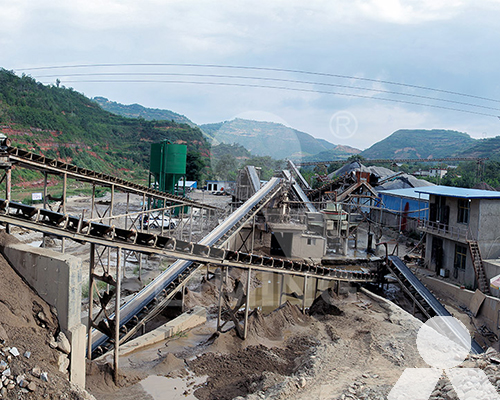Dolomite crushing project cost
Dolomite, recognized for its hardness and durability, is a vital mineral used in the construction industry. Transforming dolomite into usable material requires crushing and screening, a process carried out in dedicated crushing plants. This article elucidates the various financial dimensions associated with setting up and operating a dolomite crushing project.
Establishing a dolomite crushing project entails several financial outlays. Key among them are land acquisition, construction of the crushing plant, procurement of crushing and screening equipment, and setting up ancillary facilities such as power supply, water source, and transport infrastructure. Additionally, securing requisite permits and licenses is also an essential expense.

The primary operational costs involve labor, maintenance, power consumption, and procurement of spare parts. Moreover, the costs related to raw material procurement, transportation, and waste disposal are ongoing expenditures that significantly impact the project’s financial viability.
Investing in modern crushing technologies can significantly reduce operational costs. Advanced crushers and screening equipment can improve efficiency, minimize power consumption, and reduce wear and tear, thus lowering maintenance costs. Furthermore, automated control systems can optimize the crushing process, ensuring consistent product quality and reducing downtime.
The expenses related to marketing and distribution are crucial for ensuring the project’s success. Establishing a reliable distribution network, marketing the dolomite aggregates to potential buyers, and maintaining a competitive pricing strategy are key cost factors that require meticulous planning.
Compliance with environmental regulations is mandatory and entails costs related to pollution control, waste management, and site rehabilitation. Investing in eco-friendly technologies and practices not only fulfills regulatory requirements but may also lead to long-term cost savings.
Effective financial planning is paramount to anticipate potential cost overruns and mitigate risks. Establishing a contingency fund, securing adequate insurance, and engaging in prudent financial management can help in navigating unforeseen challenges.
The ROI is a critical metric for evaluating the project’s success. It is influenced by the project’s operational efficiency, market demand for dolomite aggregates, and the effective management of expenses.
The demand for dolomite and the prevailing market prices significantly affect the project’s revenue potential. Keeping abreast of market trends and adapting to changing market dynamics is essential for ensuring the project’s profitability.
In conclusion, the financial landscape of a dolomite crushing project is a complex interplay of initial investments, operational expenditures, and market dynamics. Thorough financial planning, efficient operations, adherence to environmental regulations, and a keen understanding of market trends are crucial for steering the project towards financial success. Through strategic investments in technology and sustainability, project operators can enhance efficiency, reduce costs, and improve the financial outlook of their dolomite crushing endeavors.









